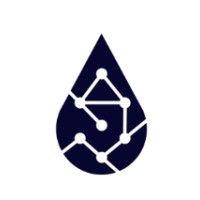Meter-as-Sensor – and How the Industry Uses It
Every month, utilities, regulators and technology providers unveil new pilot programmes and platforms for smart metering, while previously infrastructure-focused providers are rapidly transitioning to digital solution providers. At European Smart Water Utilities 2026, industry leaders will present the next generation of smart meters that function as real-time sensors for flow, pressure, and temperature. By extending the role of meters beyond billing, utilities are unlocking predictive operations and deeper network intelligence.
Leading utilities are actively testing these capabilities to determine how they can reduce water loss, optimise pumping energy, and extend asset life. Technology providers are highlighting the most important use cases of “Meter-as-Sensor” in the water utility industry, reducing non-revenue water, improving leak detection accuracy and providing actionable insights for predictive maintenance. These are not abstract claims; early adopters are demonstrating how sensor-rich metering simplifies operational planning. Others are using this technology to create advanced digital twins of water networks. Across the sector, pioneers are testing interfaces, integrations, and proofs of concept to move sensor-driven operations into mainstream practice.
Transforming Utility Operations
The shift from metering to a sensor-driven platform is reshaping how utilities plan their infrastructure investment. Network operators are gaining new levels of operational support from meter-based intelligence. Utilities that once depended on periodic manual readings are now moving to continuous monitoring, creating a step change in efficiency and the quality of customer service.
The next phase will involve embedding meter-based intelligence into full system optimisation. In addition to addressing leaks and pressure anomalies, utilities are preparing to integrate predictive analytics into their long-term asset management strategies. Challenges remain, including ensuring interoperability across technologies, building trust in data accuracy and aligning operational practices with digital capabilities. The central question for the sector is whether utilities can shift from reactive to predictive operations at scale. Experts are confident that “Meter-as-Sensor” will support this transition.
As transformative as this technology is, utilities recognise that not every operational problem requires advanced digitalisation. Traditional engineering approaches remain essential for many optimisation tasks. It is therefore not surprising that the combination of metering intelligence with core water engineering, such as hydraulic modelling and quality monitoring, continues to be the most reliable path forward.













